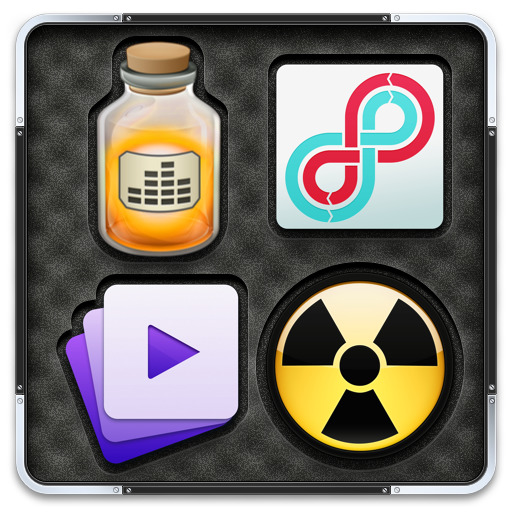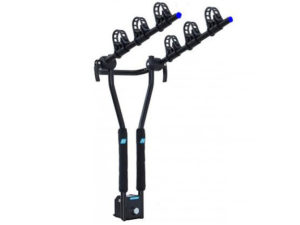
Connections are the key to making sessions work how you want. Connecting a microphone block to a recording block, for instance, means that the microphone's audio will be recorded according to the settings in the record block.

A bunch of sound sources, effects, recorders, and anything else you want are hooked together to capture, record, or output sound. Don't worry if not everything makes sense just yet the more you work with Audio Hijack, the easier it will become. Some Termsīefore we move on, let's pause a moment and make sure you know the terminology. Once you read this, you should have no problem following anything in the manual. This is not a complete replacement for the Audio Hijack help documentation, but rather a companion to it.
#AUDIO HIJACK FOR STUDENTDS HOW TO#
We'll see how to create recording sessions, how to adjust connections between recording and sound sources, how to capture VoiceOver's output, and more. This guide is an introduction to using Audio Hijack from a VoiceOver user's perspective. Hear a podcast demonstrating the use of Audio Hijack with VoiceOver.

To find out more about the app, have a look at It's a very powerful, easy-to-use application, and it's fully accessible with VoiceOver. You can record to files, and you choose how many if you want one track per sound source, you can do that, or you can have everything go to a single file, or you can have anything in between.

It's the easiest way to capture audio from a microphone, your whole system, one application, or a combination of any of the above. You can apply effects, mix things together, monitor your mix, and record it all to a wide range of different file formats. Audio Hijack is an app that lets you capture audio from your Mac.


 0 kommentar(er)
0 kommentar(er)
